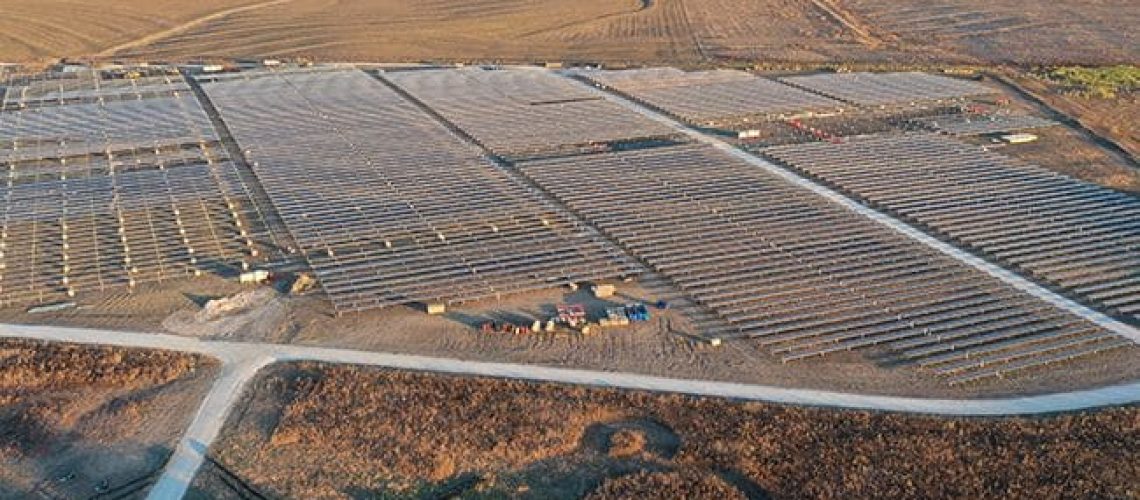Duke is planning to construct or acquire up to 1.1GW of renewable energy generation, as well as up to 1.3GW of non-intermittent generation, like natural gas combustion turbines, combined-cycle units and stand-alone battery storage.
As outlined under the integrated resource plan that Duke Energy filed with Indiana regulators in December, the utility has released a request for proposals (RFP) looking to bring to the Hoosier state multiple GW of generation and storage capacity.
Specifically, Duke is looking to construct or acquire up to 1.1GW of intermittent generation, specifically renewable energy generation like solar, wind, hydrogen or other commercially viable renewable energy technologies. All of this requested generation is also open to be paired with energy storage technologies.
Duke is also looking to construct or acquire up to up to 1.3GW of non-intermittent generation, which the utility defines as electric generation that is dispatchable on demand, specifically natural gas combustion turbines, combined-cycle units and stand-alone battery storage.
All proposals submitted under the RFP should be from resources that are deliverable to Midcontinent Independent System Operator Zone 6, though there is an exception for out-of-state wind. Proposals can include existing generating resources or proposed resources with an in-service date no later than June 1, 2027 and can be in the form of purchase power agreements, projects that are built by a developer and then transferred to Duke Energy, or purchases of existing facilities.
According to its Sustainability Report, as of year-end 2020, Duke Energy owned, operated or had under contract almost 8,800MW of wind, solar and biomass. The plan is to own, operate or contract 16,000MW of wind, solar and biomass by 2025. And as stated in last week’s financial earnings report, 80% of Duke’s 5-year, $63 billion capital plan includes zero carbon generation, which includes investments in nuclear, renewables (wind and solar), hydro and battery storage.
It also listed the goal of achieving net-zero methane emissions from its natural gas distribution business by 2030 in its sustainability report, so don’t expect the company to toss gas generation by the wayside any time soon. The above 1.3GW of non-intermittent generation will likely be a mix of gas and storage, rather than a full commitment to either resource.
“We are continuing a transition to cleaner energy and are focused on reducing carbon emissions from our Indiana power plants,” said Duke Energy Indiana President Stan Pinegar.
The request for proposal will be formally issued Feb. 21, and more details will be available at www.DEIRFP.com. Questions can be submitted through the webpage. Selected projects will ultimately be presented to the Indiana Utility Regulatory Commission for approval.
Duke Energy will use an independent third-party administrator, Charles River Associates, to facilitate the request for proposal process and ensure it is conducted in a fair and unbiased manner. Proposals for intermittent generation are due by April 18; the deadline for proposals for non-intermittent generation is May 2.



